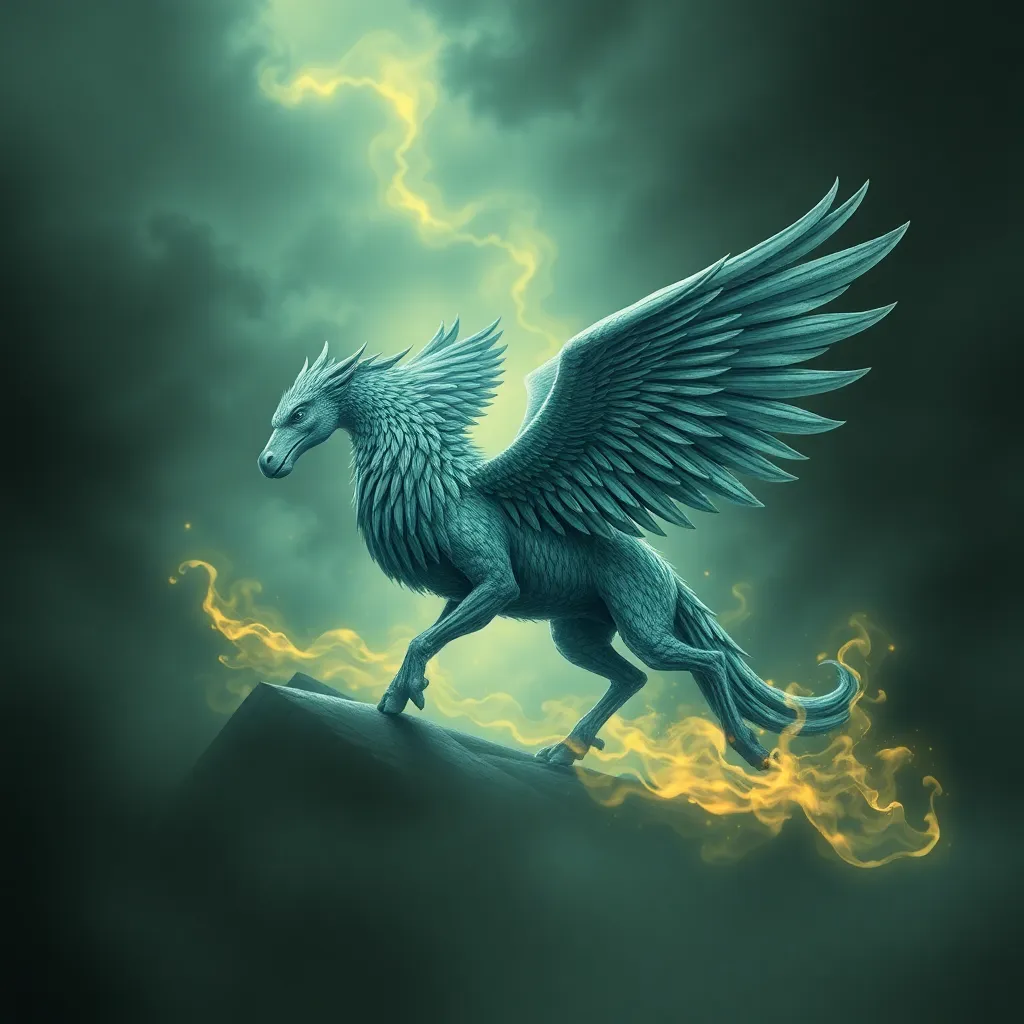The Balts’ Sky: A World of Myths and Constellations
The Baltic peoples, who once inhabited a vast region stretching across modern-day Latvia, Lithuania, Estonia, and parts of Poland, possessed a rich tapestry of mythology intricately woven with the celestial tapestry above. Their beliefs and stories, passed down through generations in oral traditions, offer a glimpse into their deep understanding and reverence for the cosmos. The Baltic sky was more than just a canvas for stars; it was a living, breathing entity, populated by deities, symbols, and tales that shaped their worldview and customs.
For the Balts, the celestial sphere was a cosmic clock, marking the passage of time, seasons, and life itself. Their mythology is replete with deities and figures associated with the sun, moon, stars, and celestial events. Even the natural elements, like thunder and lightning, were personified as powerful deities who played crucial roles in the cosmic drama. Their observations of the heavens fueled their imagination, shaping their beliefs about creation, the afterlife, and their place in the grand scheme of the universe.
The Divine Architect: Dievas and the Creation of the Cosmos
At the heart of Baltic cosmology is Dievas, the supreme god, often depicted as a wise and benevolent creator. He is responsible for the creation of the world, the heavens, and all life. Dievas, whose name translates to "God" or "Sky," embodies the very essence of the cosmos, representing both the immensity and order of the universe.
In Baltic creation myths, Dievas is often associated with the celestial dome, the firmament that separates heaven from earth. He is seen as the architect of the cosmos, the one who brought order out of chaos and established the fundamental laws governing the universe.
From Chaos to Order: The Cosmic Egg and the Birth of the World
One prevalent creation myth tells the story of the Cosmic Egg, a primordial entity containing the potential for all existence. This egg, floating in the vast void, represents the initial state of the universe, a state of pure potentiality.
According to the myth, Dievas, through his divine power, caused the egg to crack, releasing the forces that gave birth to the world. From the yolk emerged the land, while the whites formed the oceans. The shell, shattered into fragments, scattered across the cosmos, becoming the stars and constellations.
This myth, like many creation stories, symbolizes the transition from chaos to order, the emergence of life and structure from a state of pure potentiality. It also highlights the cyclical nature of existence, suggesting that creation is not a singular event but an ongoing process.
Celestial Guardians: The Stars as Deities and Symbols
The Balts saw the stars as more than distant points of light. They personified them as deities, celestial guardians, and symbols of power and destiny. Each constellation held its own story, connecting them with the lives and fates of humans on earth.
The Ursa Major constellation, known as the Great Bear, was particularly significant. This constellation was associated with Laima, the goddess of fate, who spun the thread of life for each individual. The stars within the constellation were believed to represent past, present, and future generations, symbolizing the interconnectedness of life and destiny.
Other stars and constellations held specific meanings and associations. The Pleiades, also known as the Seven Sisters, were seen as protectors of travelers and sailors. Sirius, the Dog Star, was associated with Perkunas, the god of thunder and lightning, and was believed to bring storms and rain.
The Sun God Saule: Light, Life, and the Journey Across the Heavens
Saule, the sun goddess, occupies a central position in Baltic mythology. She is the embodiment of light, life, and warmth, nourishing the earth with her rays. Saule's daily journey across the sky is a testament to her power and importance.
In some myths, Saule is depicted as a bright chariot drawn by horses, traveling across the heavens from east to west. Others portray her as a beautiful woman who throws sparks of fire from her chariot, creating the stars that illuminate the night sky.
Saule's annual cycle, from the winter solstice to the summer solstice, is reflected in the changing seasons. Her rising and setting symbolize the endless cycle of life, death, and rebirth, essential themes in Baltic beliefs.
The Moon Goddess Menuo: Cycles of Nature and the Tides of Time
Menuo, the moon goddess, is another prominent figure in Baltic mythology. She is often depicted as a beautiful woman, her shimmering silver orb illuminating the night sky. Menuo is associated with the cycles of nature, the tides of time, and the ebb and flow of life.
Just as the moon influences the tides of the sea, Menuo is believed to exert a powerful influence over the lives of humans. She is a symbol of the cyclical nature of existence, reminding people of the constant transformations that occur in the natural world and in their own lives.
The phases of the moon, from the new moon to the full moon, hold special significance in Baltic mythology. The new moon is seen as a time of renewal and new beginnings, while the full moon is associated with fertility, abundance, and magical power. The moon's influence extends even to the realm of the afterlife, where it is believed to guide souls on their journey to the otherworld.
The Divine Hunt: Perkunas, Thunder, and the Stormy Sky
Perkunas, the god of thunder and lightning, is a powerful and fearsome deity in Baltic mythology. He is often depicted as a warrior wielding a hammer or axe, his thunderous voice echoing across the heavens as he commands the storms.
Perkunas's association with storms and lightning reflects his role as a bringer of both destruction and renewal. His thunderous pronouncements are seen as a reminder of the power of the divine, and his lightning strikes are believed to cleanse the earth and purify the atmosphere.
In some myths, Perkunas is depicted as a hunter who stalks the skies, his arrows of lightning striking down his prey. This image reflects the cyclical nature of life and death, and the constant struggle between order and chaos.
Perkunas's presence in the sky brings not only fear but also respect and awe. His power is undeniable, and his role as a celestial guardian is essential for maintaining the balance of the cosmos.
The World Tree: Ūsiņš, the Axis Mundi, and Cosmic Balance
The World Tree, known as Ūsiņš in Baltic mythology, is a central symbol in their cosmology, representing the connection between the heavens, the earth, and the underworld. It is often depicted as a giant oak tree, its roots reaching deep into the earth and its branches stretching high into the heavens.
Ūsiņš is the axis mundi, the central pillar that holds the universe in balance. Its roots are connected to the underworld, the realm of the dead, while its branches reach up to the heavens, the dwelling place of the gods. The tree itself represents the interconnectedness of all things, the delicate balance between the different realms of existence.
The World Tree is a symbol of life, growth, and the cyclical nature of time. Its roots symbolize the past, its trunk represents the present, and its branches represent the future.
The World Tree is also a symbol of wisdom and knowledge. Its branches are believed to hold the secrets of the universe, and its leaves are said to whisper ancient truths. Those who seek knowledge and understanding are encouraged to listen to the wisdom of the World Tree.
The Afterlife and the Path to the Stars: Beliefs about the Beyond
The Balts believed in an afterlife, a realm where souls continued their journey after death. This realm, known as Aukštasis Pasaulis (The Upper World) or Velnių Karalystė (The Kingdom of the Devil), was located in the heavens, beyond the celestial dome.
Reaching the afterlife was not a simple matter of dying; it was a journey, often fraught with danger and challenges. The soul had to traverse a dangerous path through the underworld, encountering various obstacles and trials.
Souls who lived righteous lives and fulfilled their duties were believed to ascend to the Upper World, where they would join the ranks of the gods and other blessed souls. They would live in peace and happiness, feasting at the table of the gods and enjoying eternal light.
Those who led wicked lives, however, were condemned to the Kingdom of the Devil, a place of darkness and torment. These souls would be punished for their misdeeds and suffer eternal misery.
The Echoes of the Stars: Baltic Mythology’s Influence on Modern Culture
Baltic mythology, with its rich tapestry of myths and legends, continues to exert a powerful influence on modern culture. Many of the themes and symbols found in Baltic mythology resonate with contemporary audiences, reflecting our own fascination with the cosmos, the mysteries of life and death, and the search for meaning in a complex world.
The names of Baltic deities, such as Dievas, Saule, Menuo, and Perkunas, continue to appear in literature, art, and music. The World Tree, with its symbolism of interconnectedness and balance, continues to inspire artists, writers, and thinkers.
The legacy of Baltic mythology lives on, reminding us of the enduring power of stories to shape our understanding of the world and our place in the universe.
FAQ
Q: What are the major deities in Baltic mythology?
A: The major deities in Baltic mythology include Dievas (the supreme god), Saule (the sun goddess), Menuo (the moon goddess), Perkunas (the god of thunder and lightning), Laima (the goddess of fate), and Ūsiņš (the World Tree).
Q: How did Baltic mythology connect to astronomy?
A: The Balts' understanding of astronomy was deeply intertwined with their mythology. They used their observations of stars and celestial events to create stories and myths about creation, the afterlife, and the lives of their gods.
Q: What is the significance of the World Tree in Baltic mythology?
A: The World Tree, known as Ūsiņš, is a central symbol in Baltic mythology, representing the connection between the heavens, the earth, and the underworld. It is the axis mundi, the central pillar that holds the universe in balance.
Q: What are some examples of Baltic mythology's influence on modern culture?
A: Baltic mythology continues to influence modern culture through its appearance in literature, art, and music. The names of Baltic deities, symbols of the World Tree, and themes of the afterlife continue to resonate with audiences.




